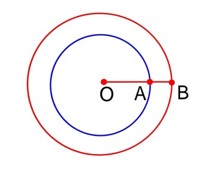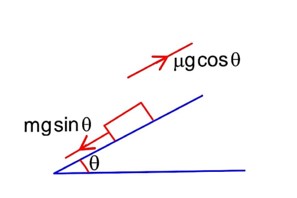Class 11th
Get insights from 8k questions on Class 11th, answered by students, alumni, and experts. You may also ask and answer any question you like about Class 11th
Follow Ask QuestionQuestions
Discussions
Active Users
Followers
New answer posted
3 months agoContributor-Level 10
Using the standard equations of a hyperbola:
and directrix
By multiplying both focus and directrix, we get
and
Now
New answer posted
3 months agoContributor-Level 10
By work energy theorem
Work done = change in K.E.
Work done by friction work done by spring
As 90% of K.E. is losed by friction so that
-K -> -16 * 105
K = 16 * 105
New answer posted
3 months agoContributor-Level 10
For A satellite T1 = 1hour
for B satellite T2 = 8 hour
given R1 = 2 * 103 Km
Relative
rad/hour
x = 3

New answer posted
3 months agoContributor-Level 10
K.E. energy of electron = eV
Translational K.E. of N2 =
So eV =
T = 773 – 273 = 500°C
New answer posted
3 months agoContributor-Level 10
Formula for Power = F·v cos
According to the question, force is perpendicular.
So = 90
and cos 90 = 0
Hence, the result turns out to be 0 i.e. no power generated inspite of force being applied.
New answer posted
3 months agoContributor-Level 10
In simple words,
Energy = total work done on an object.
Power = how fast the work is done on an object.
For example: Writing an article vs how fast you write the article. This sums up the exact meaning of both these terms.
Taking an Exam? Selecting a College?
Get authentic answers from experts, students and alumni that you won't find anywhere else
Sign Up on ShikshaOn Shiksha, get access to
- 65k Colleges
- 1.2k Exams
- 679k Reviews
- 1800k Answers


